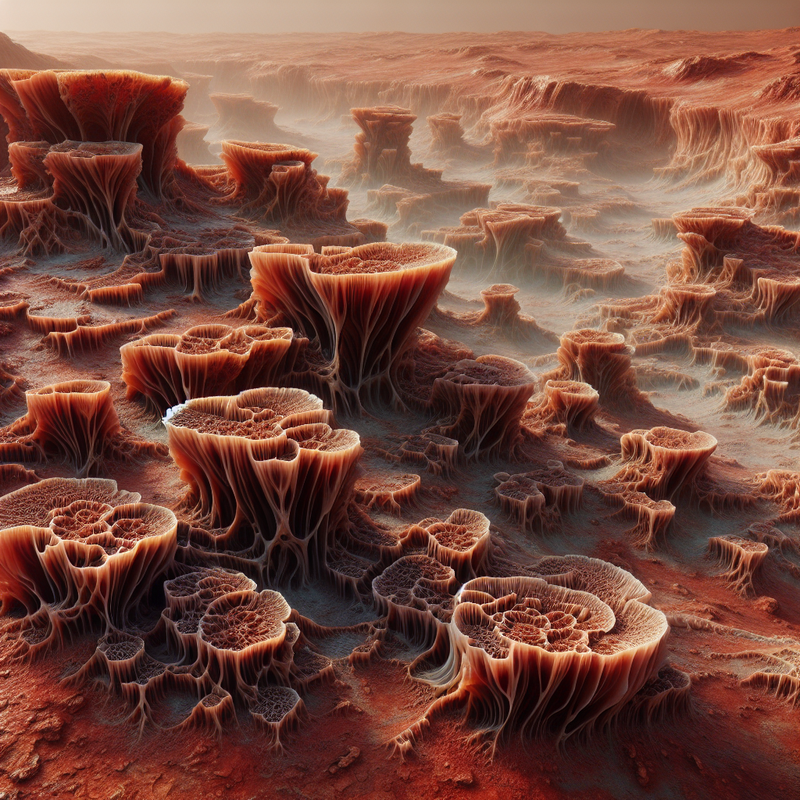NASA’s Curiosity Rover has made a fascinating discovery on the Martian terrain
Uncovering a rock formation that remarkably mirrors the appearance of terrestrial coral. This diminutive, pale-hued stone, embellished with elaborate branching patterns, was detected through the lens of the rover while traversing the Gale Crater on July 24.
The Watery History of Ancient Mars
These formations resembling coral provide evidence that Mars, billions of years in the past, was home to bodies of water. Officials at NASA have stated, “Curiosity has encountered numerous rocks akin to this particular specimen, which are the result of the interplay between water in ancient times and aeons of wind erosion.”
The curious rock showcased in the monochrome snapshot by Curiosity’s Remote Micro Imager has a width of roughly one inch (2.5 centimeters). The intricate branch-like structures were initially carved by minerals, once dissolved in the waters of Mars, that permeated the crevices of rocks and deposited concentrated mineral veins. With the relentless passage of time, Martian winds, laden with sand, artfully crafted the remaining mineral deposits into the coral-like silhouettes that we see today.
Having arrived on the Martian surface back in 2012, the rover continues to delve into the secrets of the Gale Crater, an expanse measuring 96 miles across (154 kilometers). Curiosity undertakes a slow, deliberate journey of about 22 miles (35 kilometers), pausing frequently to bore into the Martian soil for samples, and seeking traces of the planet’s prior ability to support life.
Pieces of evidence amassed by the rover suggest that the ancient Martian environment had the critical components necessary for sustaining life, such as accessible water and an active carbon cycle. It also revealed the presence of long carbon chains estimated to be 3.7 billion years old. Curiosity’s explorations have also turned up unusual rock structures including one named “Paposo,” and another that resembles a diminutive, blossoming flower, contributing to the growing collection of geological oddities cataloged by the mission.
Administered by NASA’s Jet Propulsion Laboratory, the Curiosity mission’s central goal is to unravel the enigma of Mars’ past, particularly its capacity to have nurtured life. Each new revelation, such as the coral-like rock formation, sheds light on the enigmatic history of Mars, deepening our understanding of this remote celestial body and its ancient narratives.
















